What Bourbon Is Made From: The Art (and Law) Behind America’s Spirit

If you ask ten bourbon drinkers what makes their favorite bottle special, you’ll get ten different answers. Some will swear it’s the char level on the barrel, others will say it’s the limestone water of Kentucky, and a few might just wink and say, “it’s magic.”
But when you strip away the mystery and marketing, bourbon is actually defined by something very specific — its ingredients and the way it’s made.
Let’s pour into the details.
1. The Mash Bill: Where Bourbon Begins
At its core, bourbon starts with a mash bill — the mix of grains used to make the whiskey.
By law, bourbon must be made from at least 51% corn.
That’s what gives it its signature sweetness and warm, rounded flavor.
The rest of the recipe is up to the distiller, and that’s where creativity (and flavor) come in. Most mash bills include:
- Corn: The backbone of bourbon — sweet, smooth, and full-bodied.
- Rye: Adds spice, heat, and complexity.
- Barley: Helps with fermentation and brings a touch of nuttiness.
- Wheat: Softens the profile, creating a smooth, mellow bourbon (think Maker’s Mark or Weller).
Each distillery guards its mash bill like a secret family recipe, tweaking ratios to create their unique signature style.
2. The Water: Kentucky’s Secret Ingredient
You can’t talk about bourbon without mentioning water — specifically, the limestone-filtered water found in Kentucky. It’s naturally rich in calcium and free from iron, which can spoil whiskey’s flavor. That’s one reason so many of America’s most iconic distilleries call Kentucky home.
This pure, mineral-rich water sets the stage for clean fermentation and that unmistakable bourbon smoothness.
3. The Yeast: Quiet but Powerful
Yeast might not get much attention, but it’s a big player in bourbon’s flavor. During fermentation, yeast converts sugars into alcohol — and depending on the strain, it can also add hints of fruit, spice, or floral notes.
Some distilleries even keep proprietary yeast strains that have been passed down for generations — a quiet legacy living in every bottle.
4. The Barrel: Where the Magic Happens
Here’s where bourbon truly becomes bourbon.
By law, it must be aged in new, charred oak barrels — no exceptions. That single requirement sets bourbon apart from every other whiskey in the world. Scotch and Irish whiskey often use old barrels, but bourbon always gets a fresh flame, ensuring every drop interacts with untouched oak, caramelized sugars, and rich natural tannins.
That charred interior isn’t just for show. It’s the reason bourbon takes on its deep amber color and develops the warm layers of vanilla, caramel, and spice that define its flavor. When the inside of a barrel is burned — often to one of four “char levels” — the heat breaks down the wood’s cellulose and lignin, creating a natural sweetness that bourbon later draws out as it rests.
As temperatures rise and fall through the seasons, the spirit expands into and contracts out of the oak, breathing with the wood. That rhythmic motion infuses bourbon with complexity — hints of smoke, toffee, dried fruit, and everything in between.
“If the mash is the heart of bourbon, the barrel is its soul.”
Legally, there’s no minimum aging requirement for bourbon itself, but to be labeled “Straight Bourbon,” it must age at least two years. Anything younger must disclose its age on the label. Many distillers let their whiskey rest four to eight years or longer, allowing time and oak to do what chemistry alone cannot — soften the edges, deepen the hue, and turn fiery new spirit into something worth savoring.
The result is part science, part patience, and part poetry — a slow transformation that can’t be rushed, only respected.
5. The Rules That Keep It Real
To legally be called bourbon, a whiskey must meet a few non-negotiable standards:
- Made in the U.S. (though not just in Kentucky)
- At least 51% corn in the mash bill
- Aged in new, charred oak barrels
- Distilled to no more than 160 proof
- Barreled at no more than 125 proof
- Bottled at 80 proof or higher
- No added colors or flavors — just grain, water, yeast, and time
That’s it. Simple ingredients, strict rules, and a whole lot of patience.
6. The Flavor of Tradition
From mash to glass, bourbon is more than a drink — it’s a celebration of craftsmanship, patience, and place. Every step in its creation tells a distinctly American story. The grain grown in the heartland, the limestone water drawn from Kentucky’s ancient springs, the oak trees felled and fired into barrels — each piece plays a role in shaping bourbon’s unmistakable character.
Every bottle is a time capsule of sorts: a reflection of the season it was barreled, the warehouse that sheltered it, and the hands that guided it through years of quiet transformation. The distillers, coopers, and blenders who dedicate their lives to perfecting it aren’t just making spirits — they’re preserving a lineage.
Bourbon’s story has never been static. It’s been shaped by pioneers and bootleggers, floods and fires, family legacies, and daring experiments. It’s both art and agriculture, science and storytelling — proof that tradition doesn’t have to stand still to endure.
So next time you pour a glass, take a moment before the first sip. Watch the way the light catches that amber hue, breathe in the oak and vanilla, and remember: You’re tasting more than whiskey. You’re tasting heritage, hard work, and a living piece of American history — one that continues to evolve, one barrel at a time.
Ready to taste history for yourself?
From the barrel to your glass, bourbon is best experienced — not just read about. Visit our Aged in Oak Tasting Parlor to explore rare pours, guided tastings, and the stories behind each bottle. Or browse our current auction lineup to bring a piece of bourbon history home.
Related Reading from Barrel School:
The Bourbon that Built America: The Stories Behind America’s Spirit
From Still to Auction Block: How Bourbon Matures (And Why Oak is Everything)
Pour Decisions Made Easy: Our Approachable Guide to Bourbon Basics and Bottles Worth Starting With
More Fresh Pours and Perspectives

Inside the Auction: Rare Scotch, Collector Trains & 200+ Bottles Ready for the Taking

Inside the Auction: Rare Scotch, Collector Trains & 200+ Bottles Ready for the Taking

The Bourbon Family Tree: Exploring the Branches of America’s Favorite Spirit

The Bourbon Family Tree: Exploring the Branches of America’s Favorite Spirit

From Distillery to Digital — How Bourbon Collecting Moved Online

From Distillery to Digital — How Bourbon Collecting Moved Online

Blanton’s Bourbon: History, Expressions, and the Hype Behind America’s Most Collectible Bourbon

Blanton’s Bourbon: History, Expressions, and the Hype Behind America’s Most Collectible Bourbon
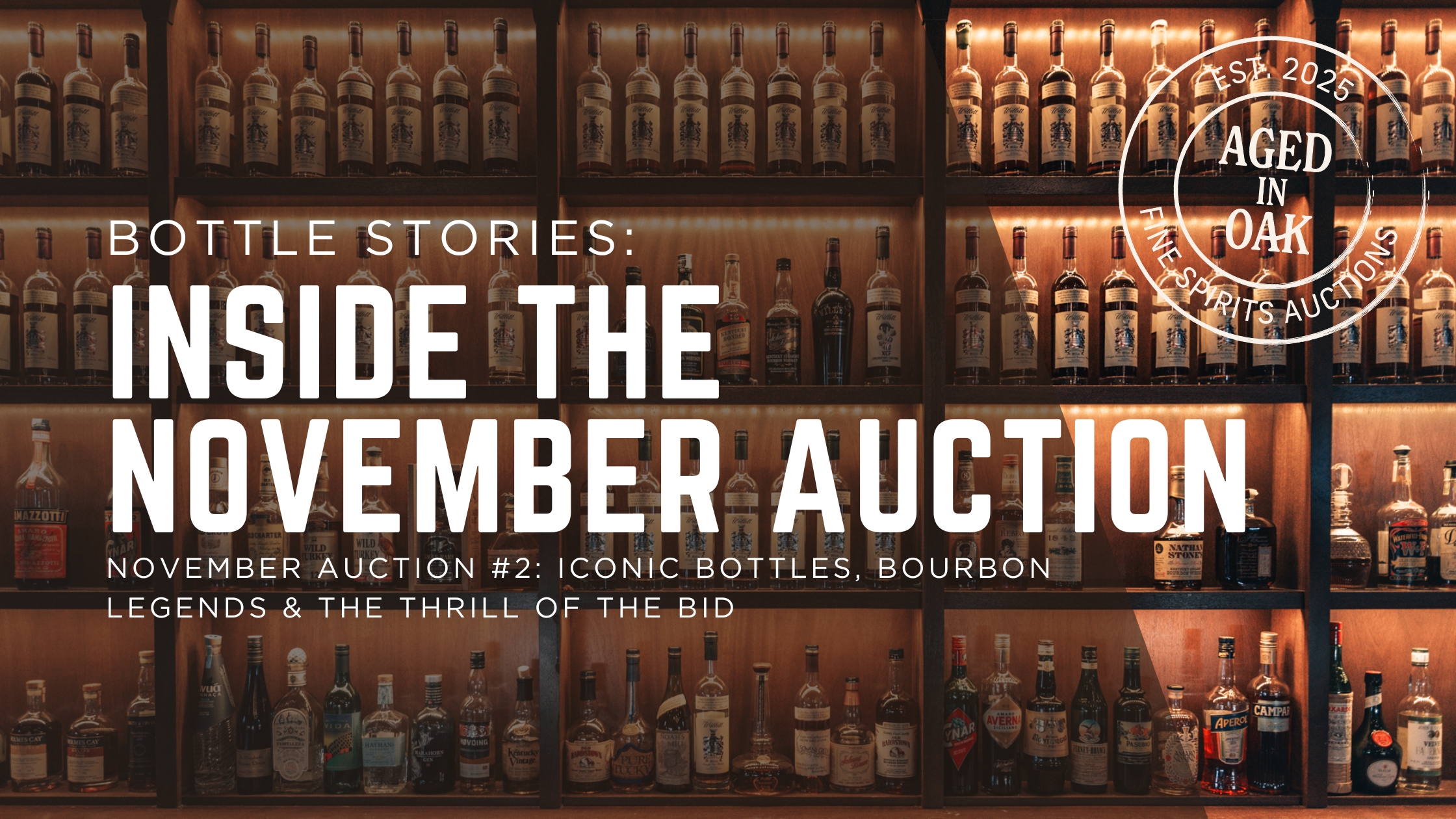
Inside the Auction: Iconic Bottles, Bourbon Legends & the Thrill of the Bid

Inside the Auction: Iconic Bottles, Bourbon Legends & the Thrill of the Bid
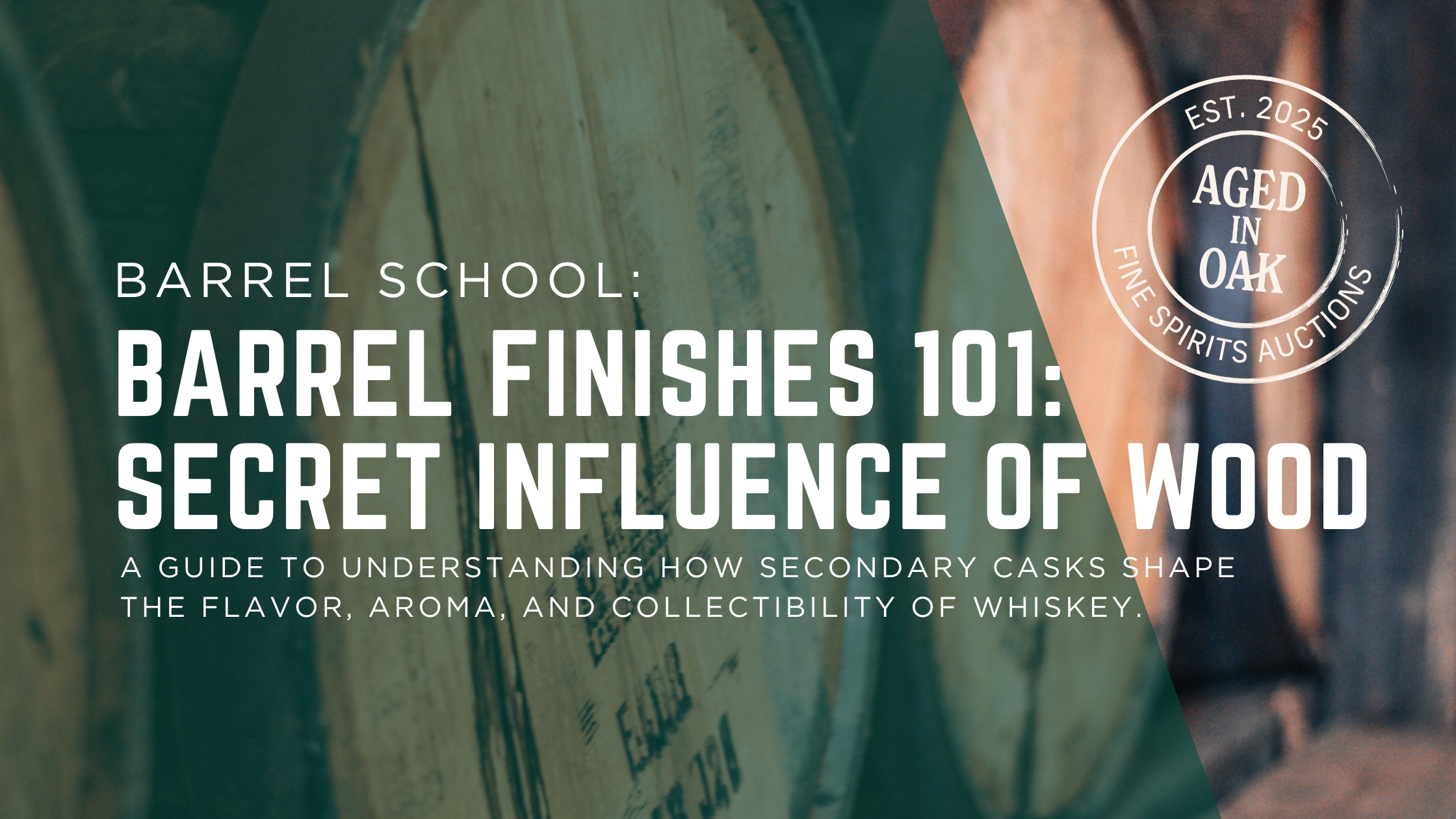
Barrel Finishes 101: The Secret Influence of Wood

Barrel Finishes 101: The Secret Influence of Wood
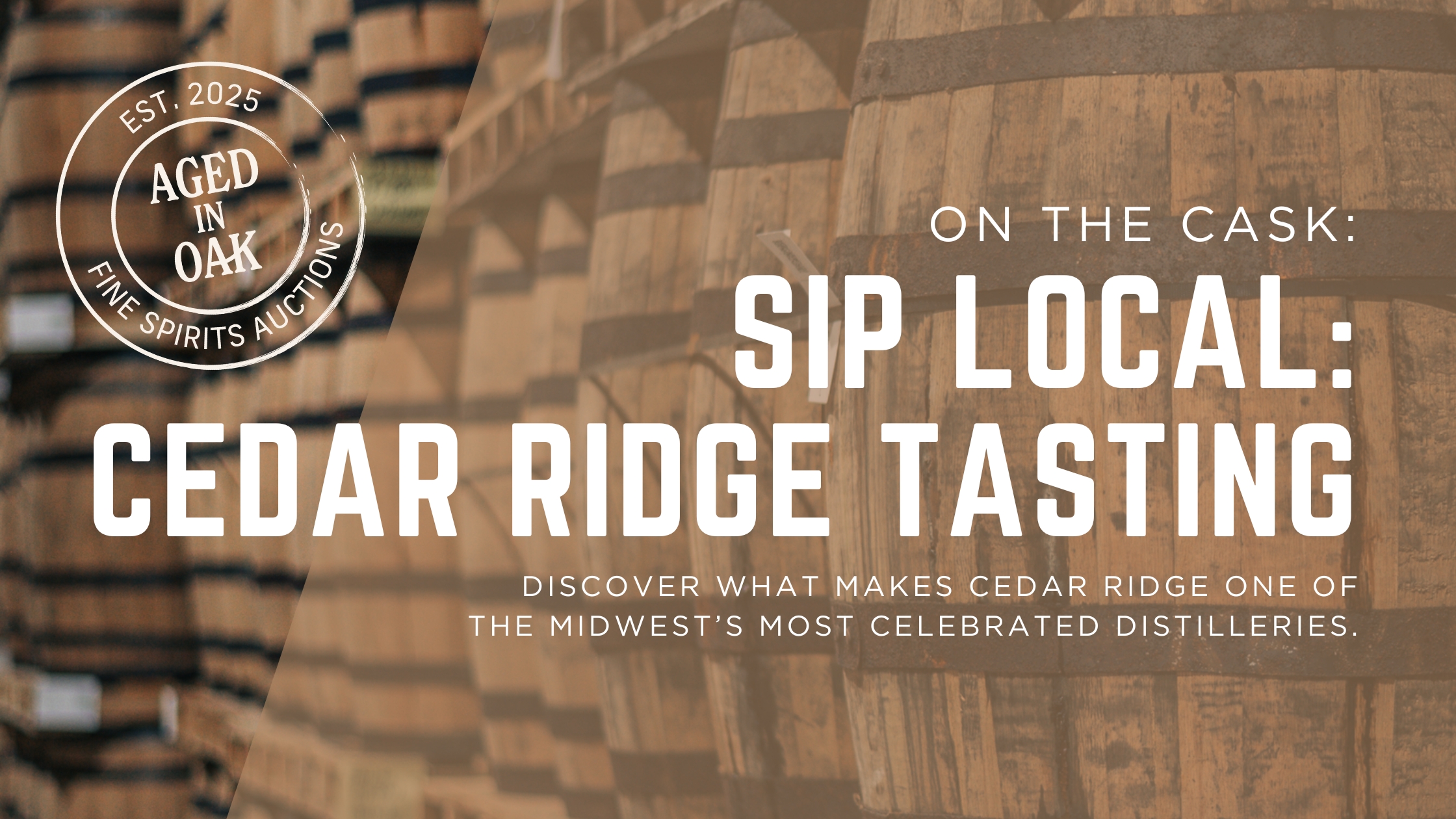
Sip Local: Cedar Ridge Distillery Tasting at Aged in Oak

Sip Local: Cedar Ridge Distillery Tasting at Aged in Oak

Inside the Auction: Powerhouse Picks, Proof, and the Joy of the Bid

Inside the Auction: Powerhouse Picks, Proof, and the Joy of the Bid

The Thrill of No Reserve: Why These Bourbon Auctions Keep Collectors Coming Back

The Thrill of No Reserve: Why These Bourbon Auctions Keep Collectors Coming Back

The Thrill of No Reserve: Why These Bourbon Auctions Keep Collectors Coming Back

The Thrill of No Reserve: Why These Bourbon Auctions Keep Collectors Coming Back

The Ghosts of the Rickhouse: Haunted Legends of Bourbon Country

The Ghosts of the Rickhouse: Haunted Legends of Bourbon Country

Single Barrel vs. Small Batch: What’s the Difference (and Does It Matter?)

Single Barrel vs. Small Batch: What’s the Difference (and Does It Matter?)

Bottles with a Past: The Spooky Side of Bourbon History

Bottles with a Past: The Spooky Side of Bourbon History
.jpg)
Inside the Auction: Hidden Gems, Signed Bottles & Kentucky’s Finest
.jpg)
Inside the Auction: Hidden Gems, Signed Bottles & Kentucky’s Finest
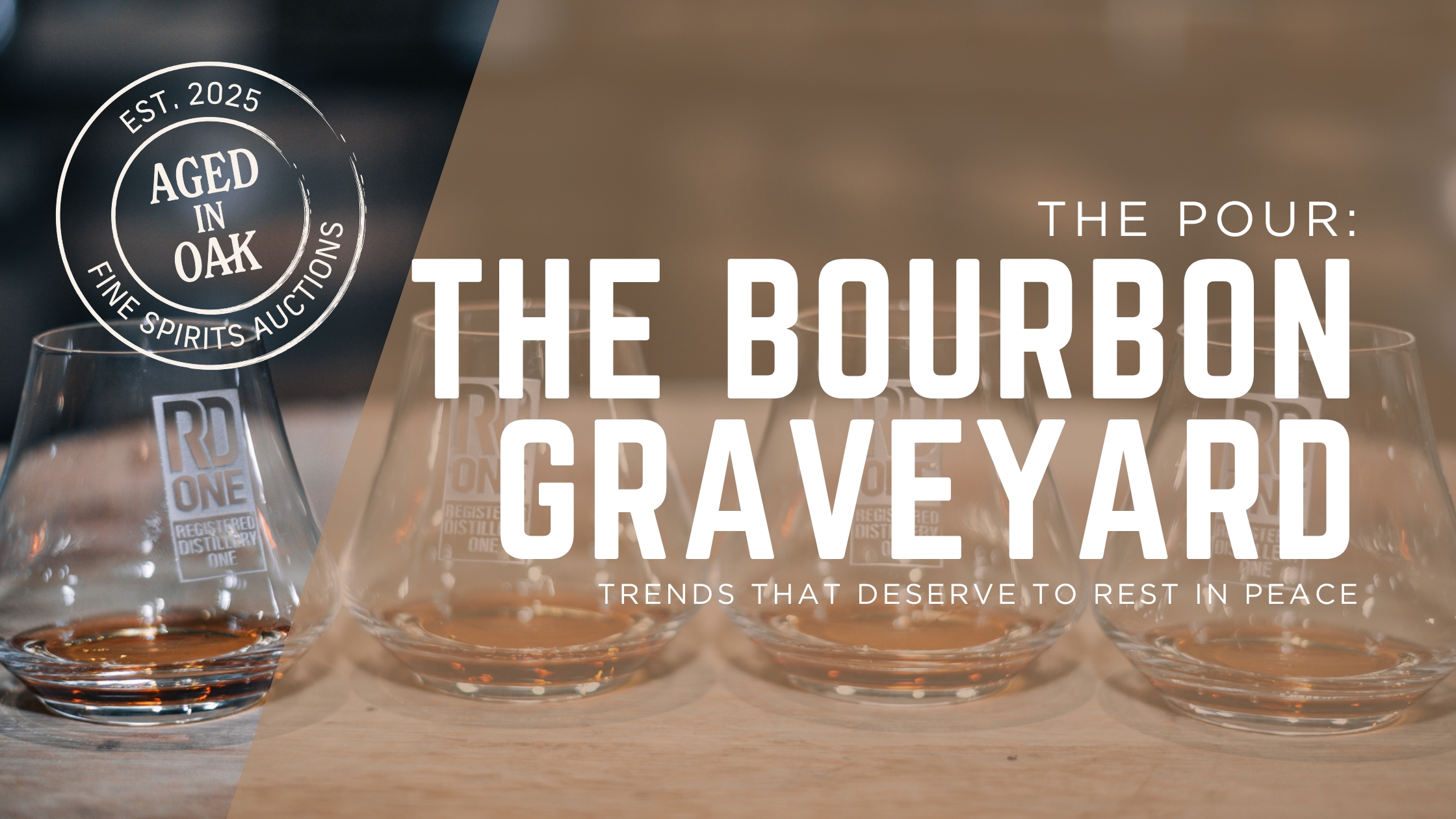
The Bourbon Graveyard: Trends That Deserve to Rest in Peace

The Bourbon Graveyard: Trends That Deserve to Rest in Peace

How to Read a Bourbon Label Like a Pro: Decoding the secrets behind age, proof, and distillery details

How to Read a Bourbon Label Like a Pro: Decoding the secrets behind age, proof, and distillery details

Bringing Bourbon’s Heritage Home: How Aged in Oak captures the soul of Bardstown in the heart of Vernon Hills.

Bringing Bourbon’s Heritage Home: How Aged in Oak captures the soul of Bardstown in the heart of Vernon Hills.
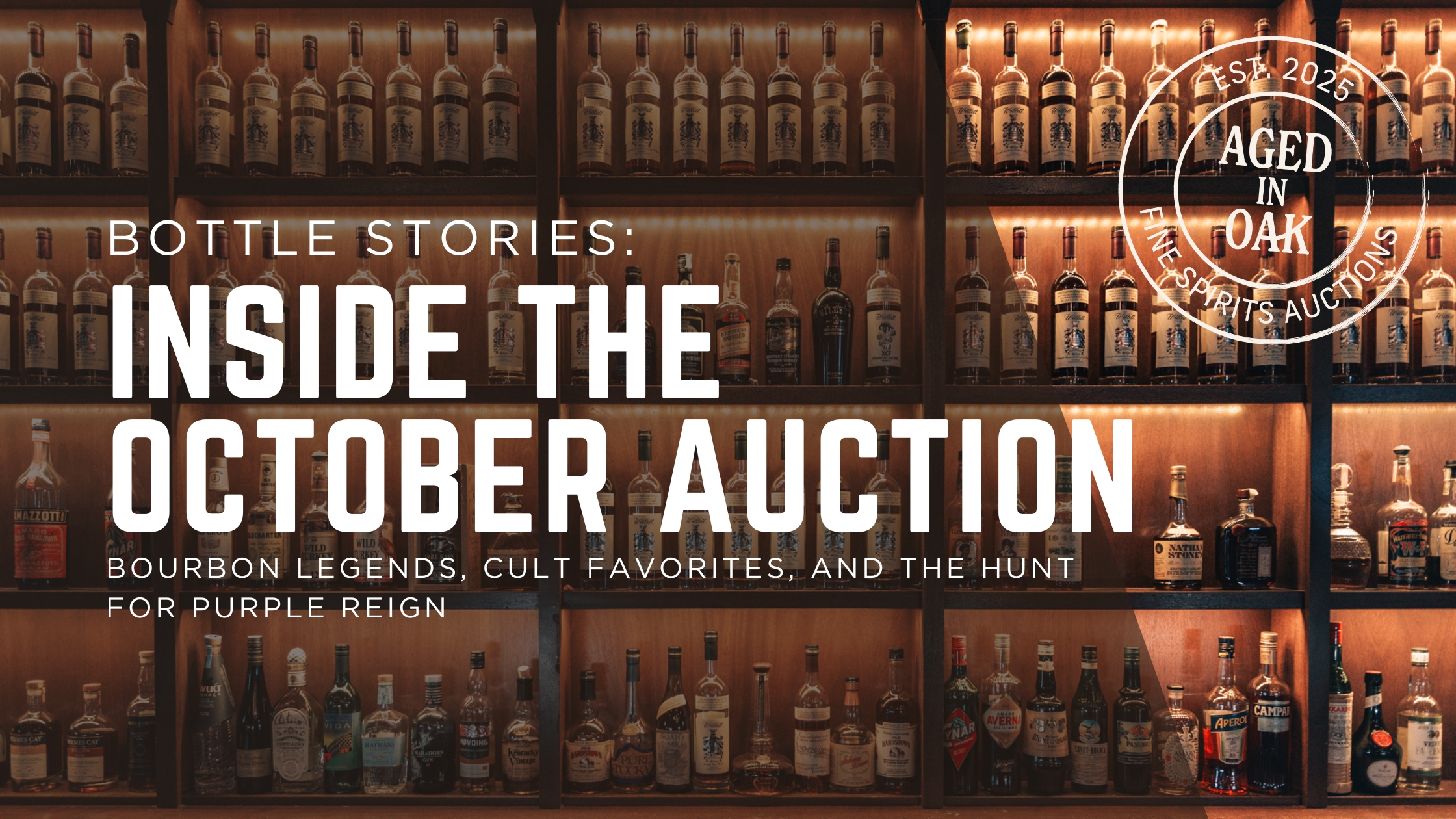
Inside the Auction: Bourbon Legends, Cult Favorites, and the Hunt for Purple Reign

Inside the Auction: Bourbon Legends, Cult Favorites, and the Hunt for Purple Reign
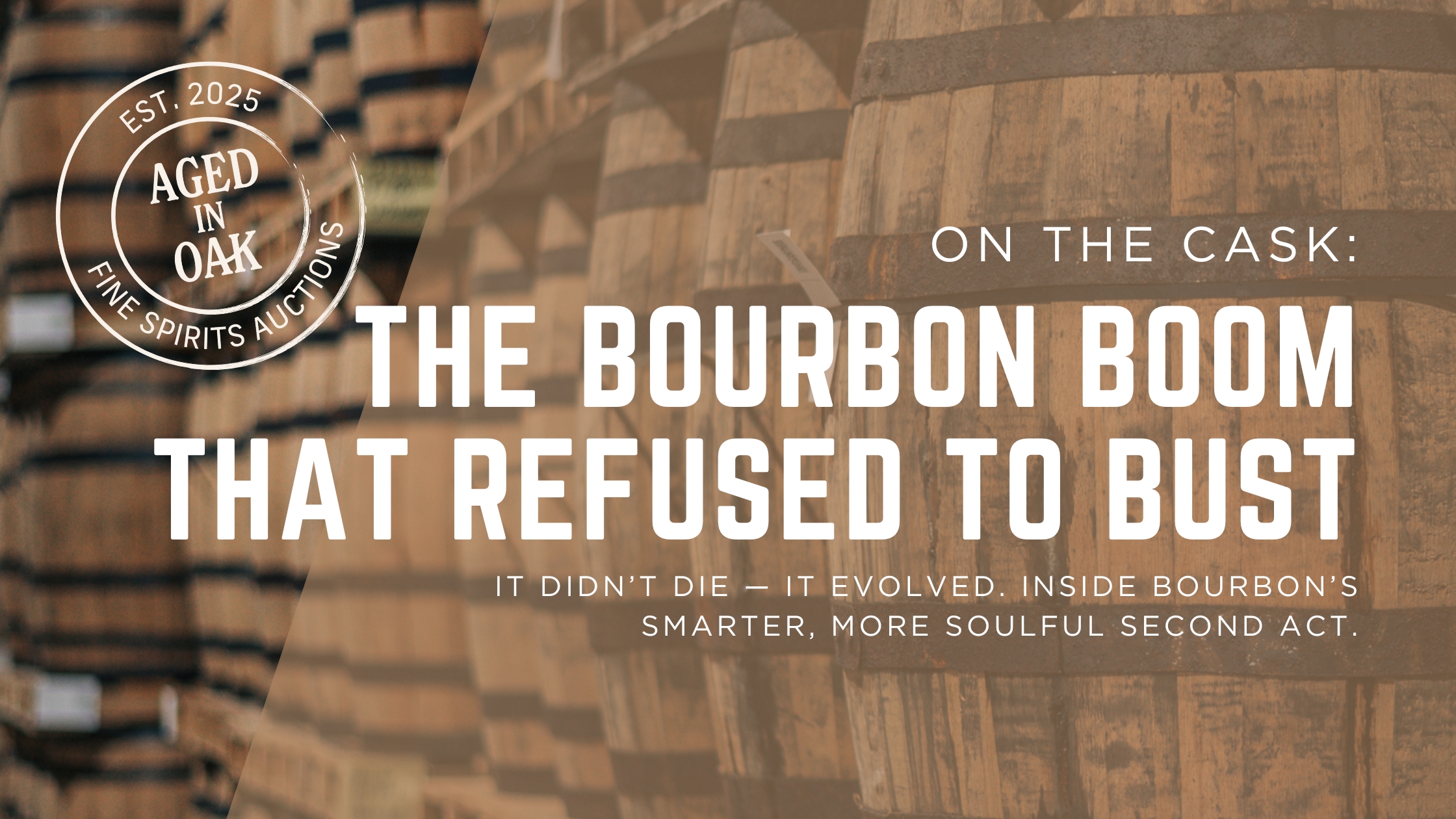
The Bourbon Boom That Refused to Bust

The Bourbon Boom That Refused to Bust
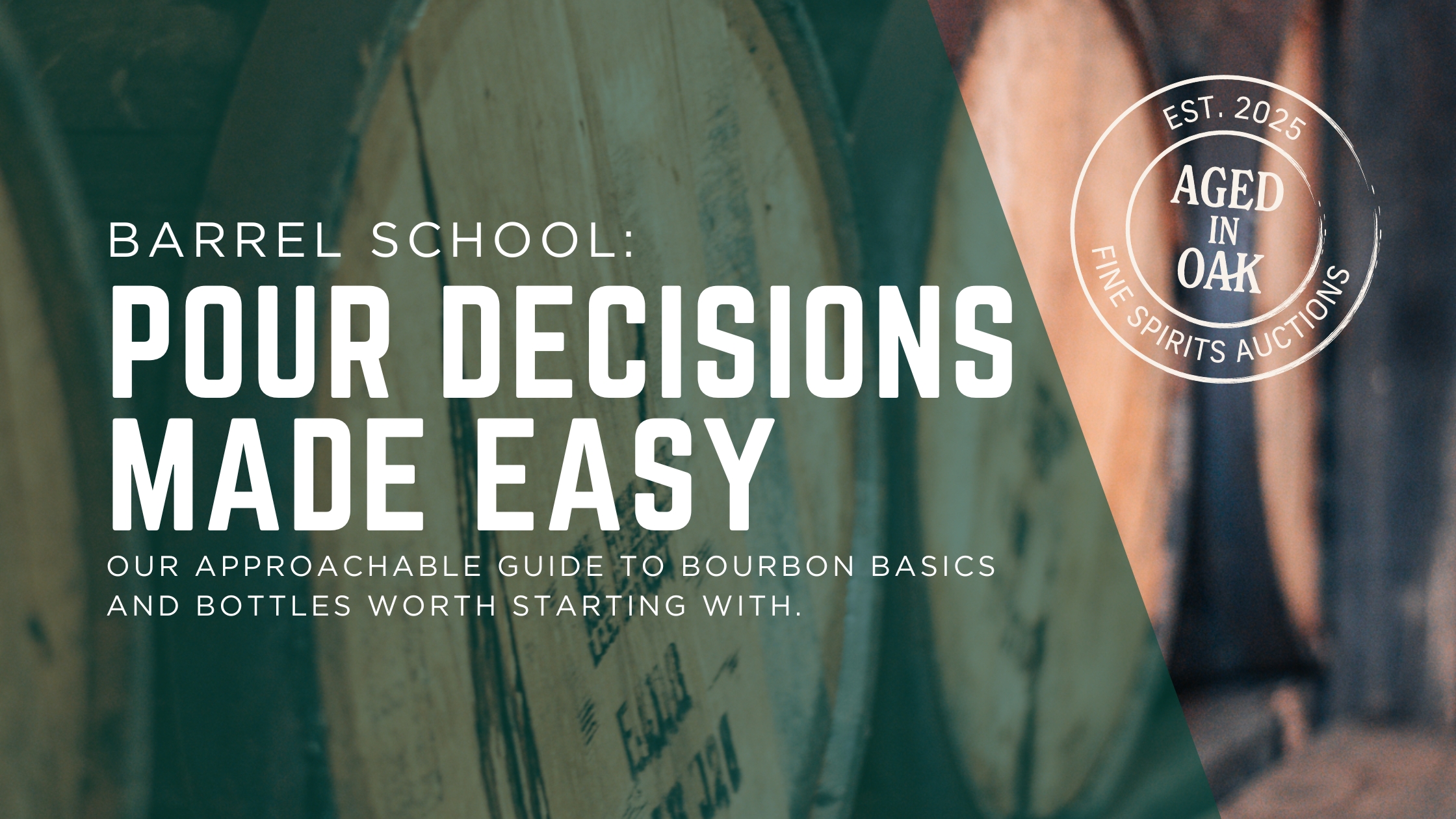
Pour Decisions Made Easy: Our Approachable Guide to Bourbon Basics and Bottles Worth Starting With

Pour Decisions Made Easy: Our Approachable Guide to Bourbon Basics and Bottles Worth Starting With

Bourbon, Community, and a Little Rebellion: Why tastings are the hottest social scene of 2025

Bourbon, Community, and a Little Rebellion: Why tastings are the hottest social scene of 2025

The Bottle That Broke the Rules: The Story of Blanton’s Original Single Barrel

The Bottle That Broke the Rules: The Story of Blanton’s Original Single Barrel
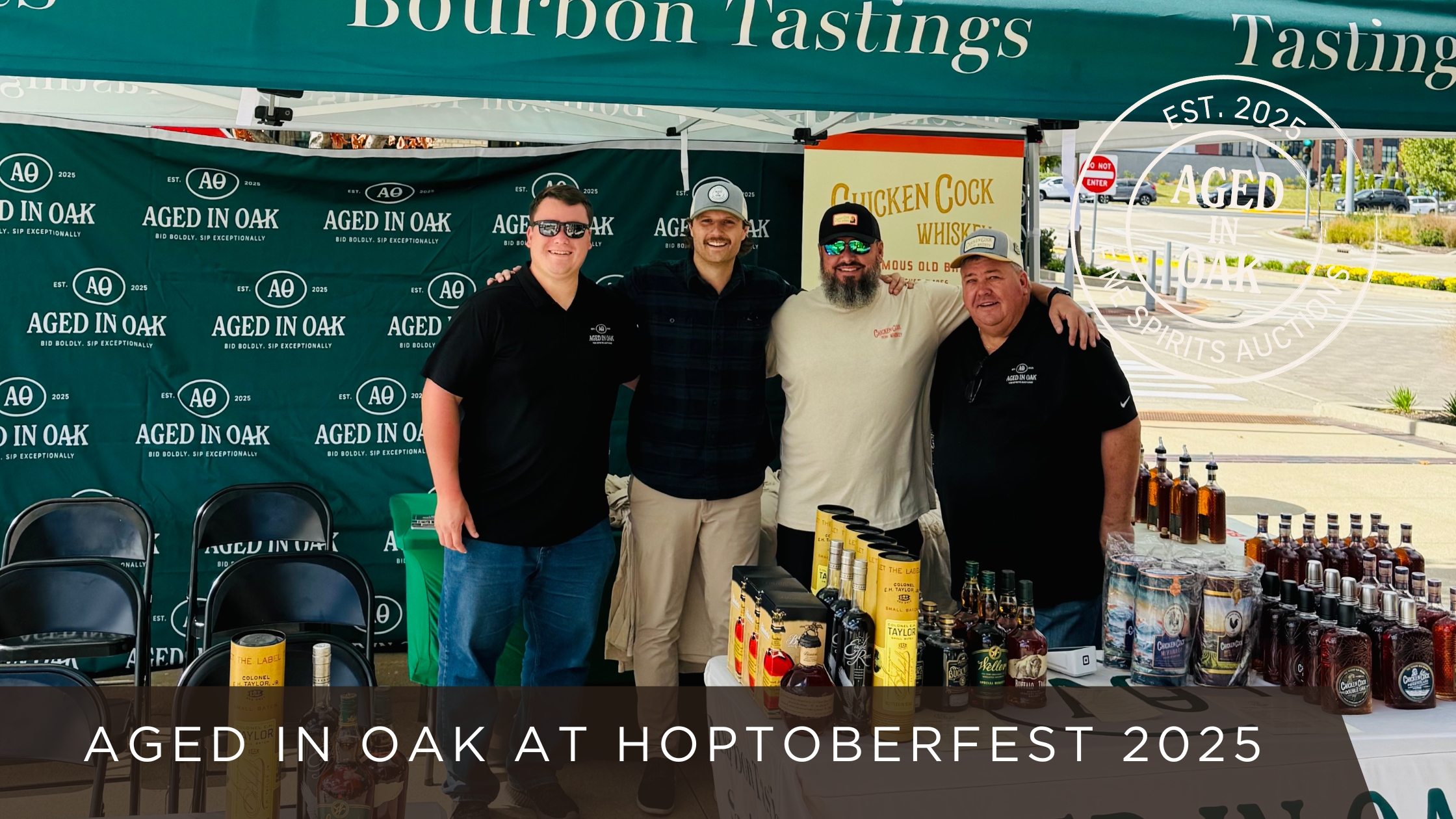
A Toast to Hoptoberfest: New Faces, Great Bourbon, and Unforgettable Conversations

A Toast to Hoptoberfest: New Faces, Great Bourbon, and Unforgettable Conversations
.jpg)
Bourbon Through the Ages: The Stories Behind America’s Spirit
.jpg)
Bourbon Through the Ages: The Stories Behind America’s Spirit
.jpg)
Rare Bourbon, Signature Cocktails, and Community -- Find It All At Aged in Oak in Vernon Hills
.jpg)
Rare Bourbon, Signature Cocktails, and Community -- Find It All At Aged in Oak in Vernon Hills

Fall Into Flavor: Bourbon Recipes That Hit Harder Than Pumpkin Spice

Fall Into Flavor: Bourbon Recipes That Hit Harder Than Pumpkin Spice

What Your Go-To Pour Says About You: A Bourbon Personality Test You Didn’t Know You Needed

What Your Go-To Pour Says About You: A Bourbon Personality Test You Didn’t Know You Needed

From Still to Auction Block: How Bourbon Matures (And Why Oak Is Everything)

From Still to Auction Block: How Bourbon Matures (And Why Oak Is Everything)

Weller Bourbon: The People’s Pappy and the Wheated Whiskey That Broke the Market

Weller Bourbon: The People’s Pappy and the Wheated Whiskey That Broke the Market
.jpg)
Crown Jewel Bourbon Bottles: The Ultimate Collectible Whiskey for Serious Collectors
.jpg)
Crown Jewel Bourbon Bottles: The Ultimate Collectible Whiskey for Serious Collectors

How Global Market Trends Are Shaping the Whiskey Collectible Space in 2025

How Global Market Trends Are Shaping the Whiskey Collectible Space in 2025
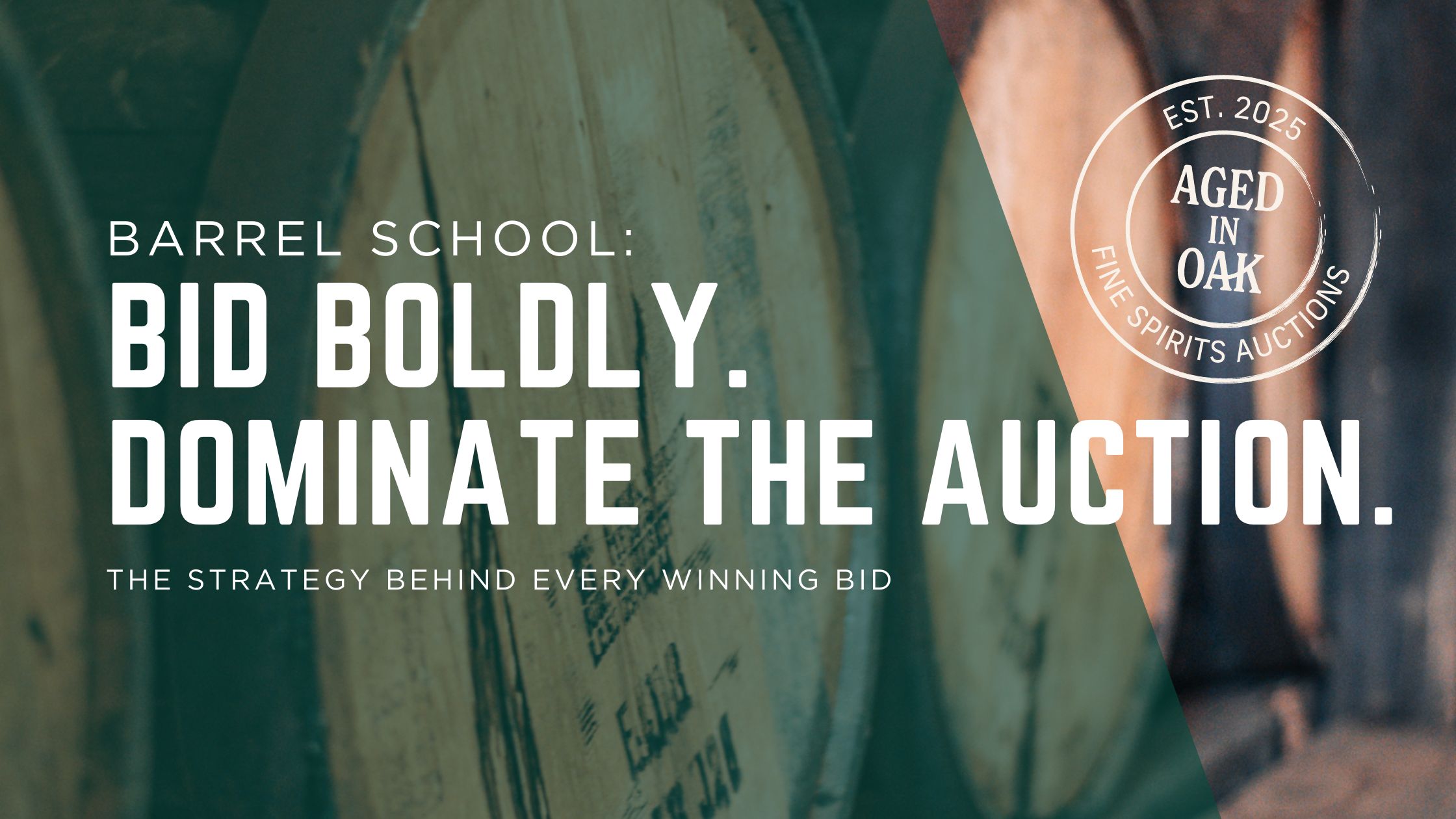
Bid Boldly. Sip Exceptionally. Dominate the Auction.

Bid Boldly. Sip Exceptionally. Dominate the Auction.
.jpg)
We’re in the Daily Herald: Building a Bourbon Community in Vernon Hills
.jpg)
We’re in the Daily Herald: Building a Bourbon Community in Vernon Hills
.jpg)
From Shelf to Sip: The People Who Keep Bourbon Alive
.jpg)
From Shelf to Sip: The People Who Keep Bourbon Alive
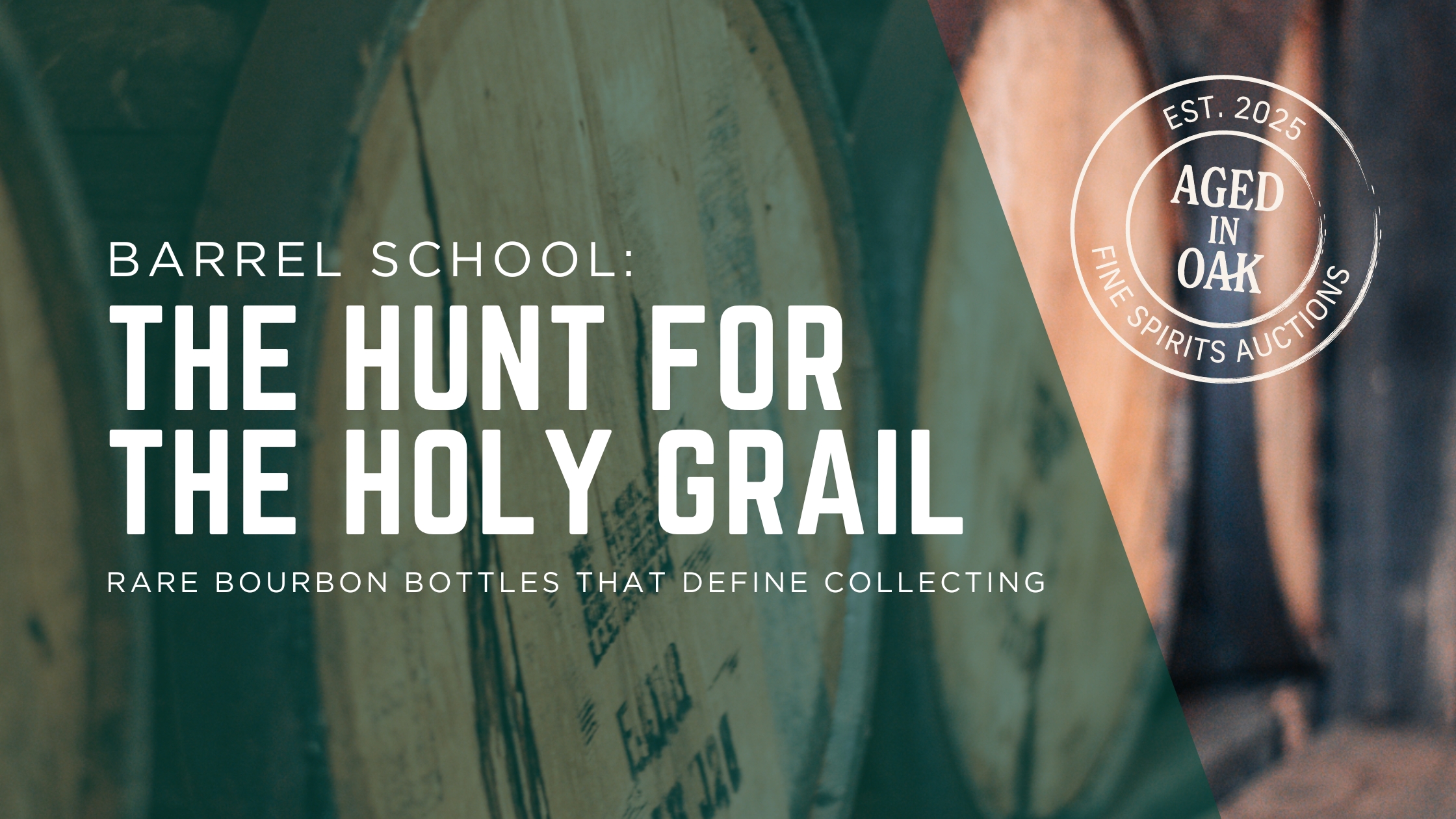
The Hunt for the Holy Grail: Rare Bourbon Bottles That Define Collecting

The Hunt for the Holy Grail: Rare Bourbon Bottles That Define Collecting

Cash Out Without Selling Out: How to Consign Bourbon with Aged in Oak

Cash Out Without Selling Out: How to Consign Bourbon with Aged in Oak
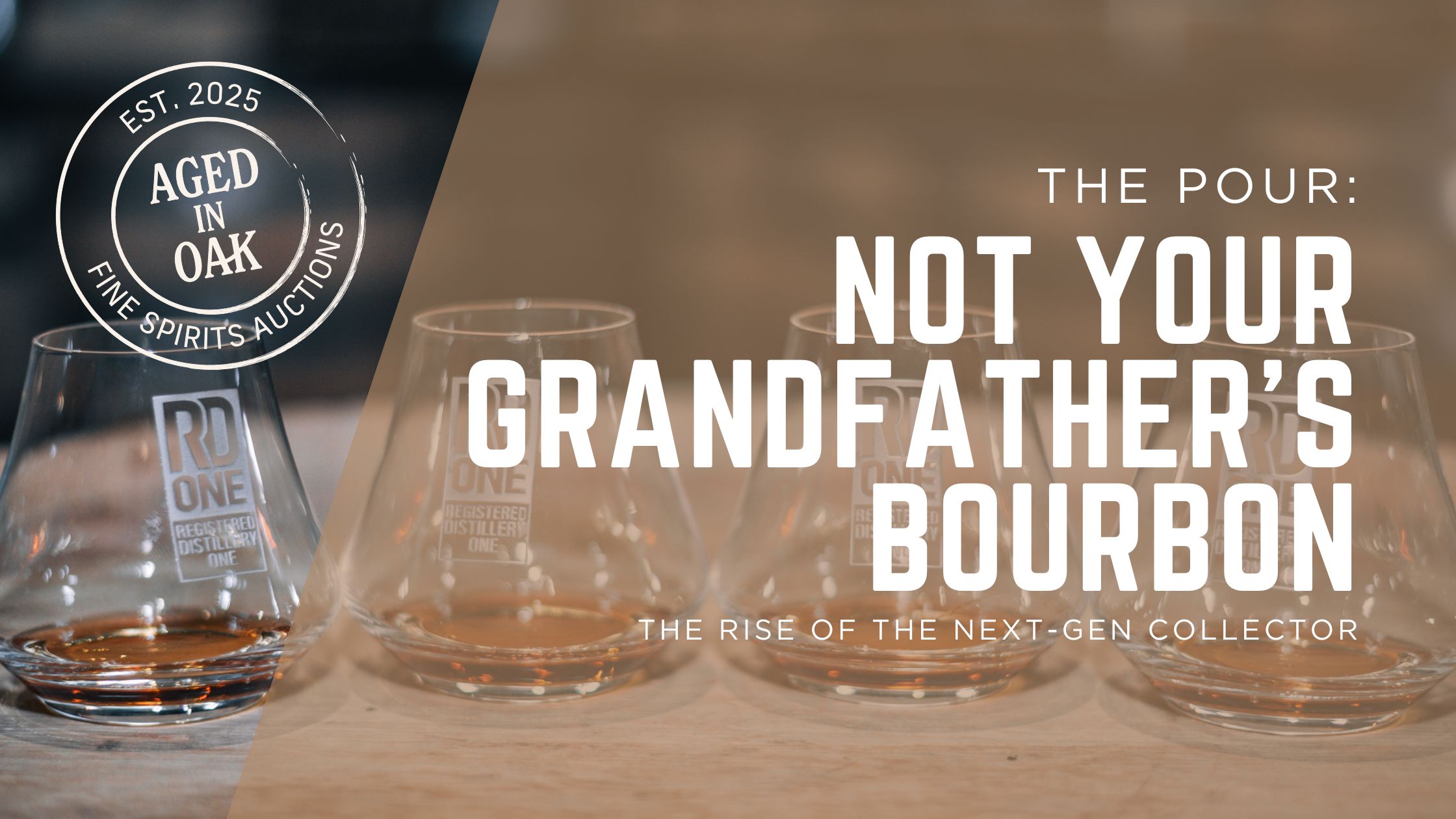
Not Your Grandfather’s Bourbon: The Rise of the Next-Gen Collector

Not Your Grandfather’s Bourbon: The Rise of the Next-Gen Collector
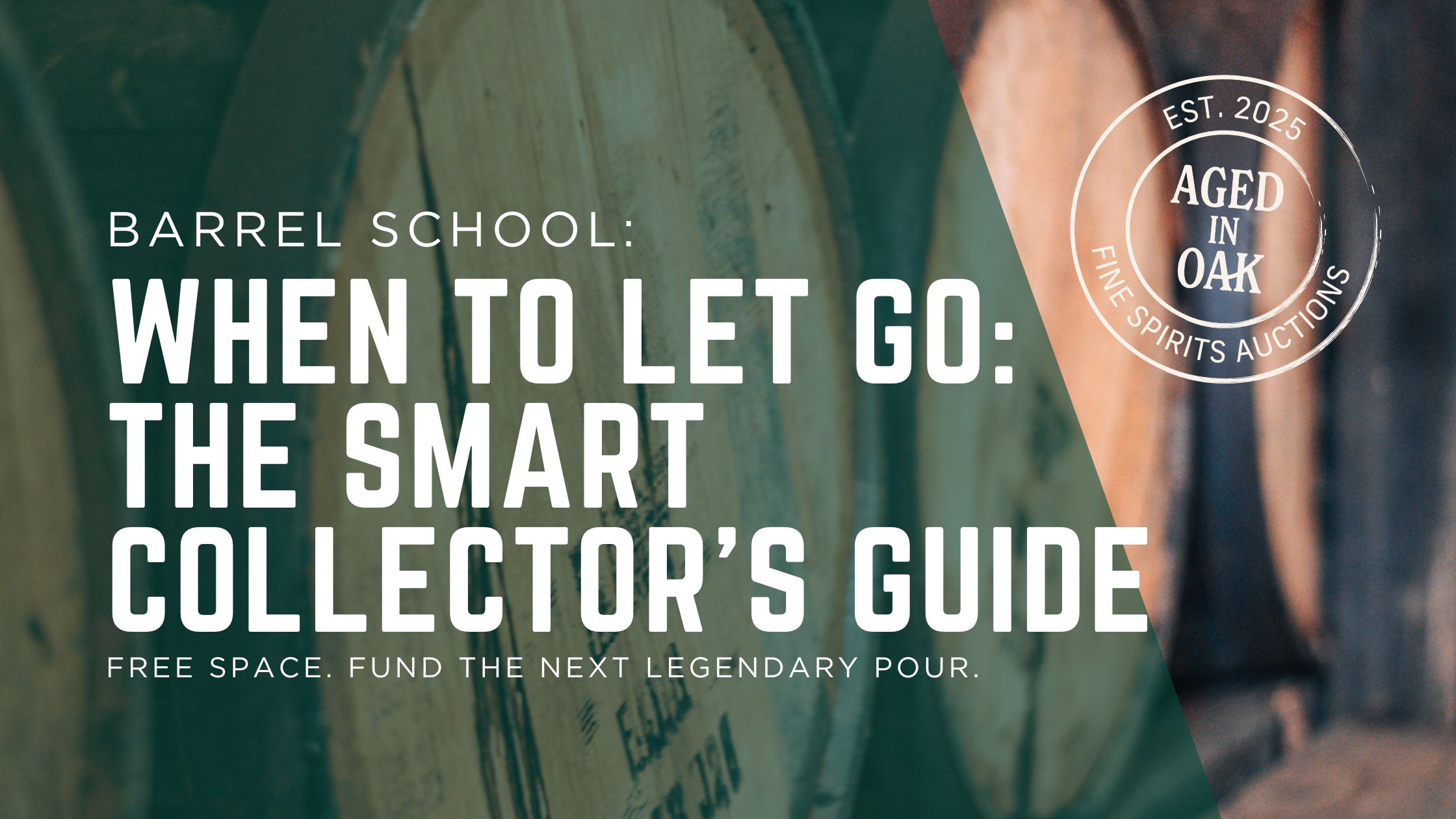
When to Let Go: Knowing It’s Time to Consign Your Bourbon

When to Let Go: Knowing It’s Time to Consign Your Bourbon
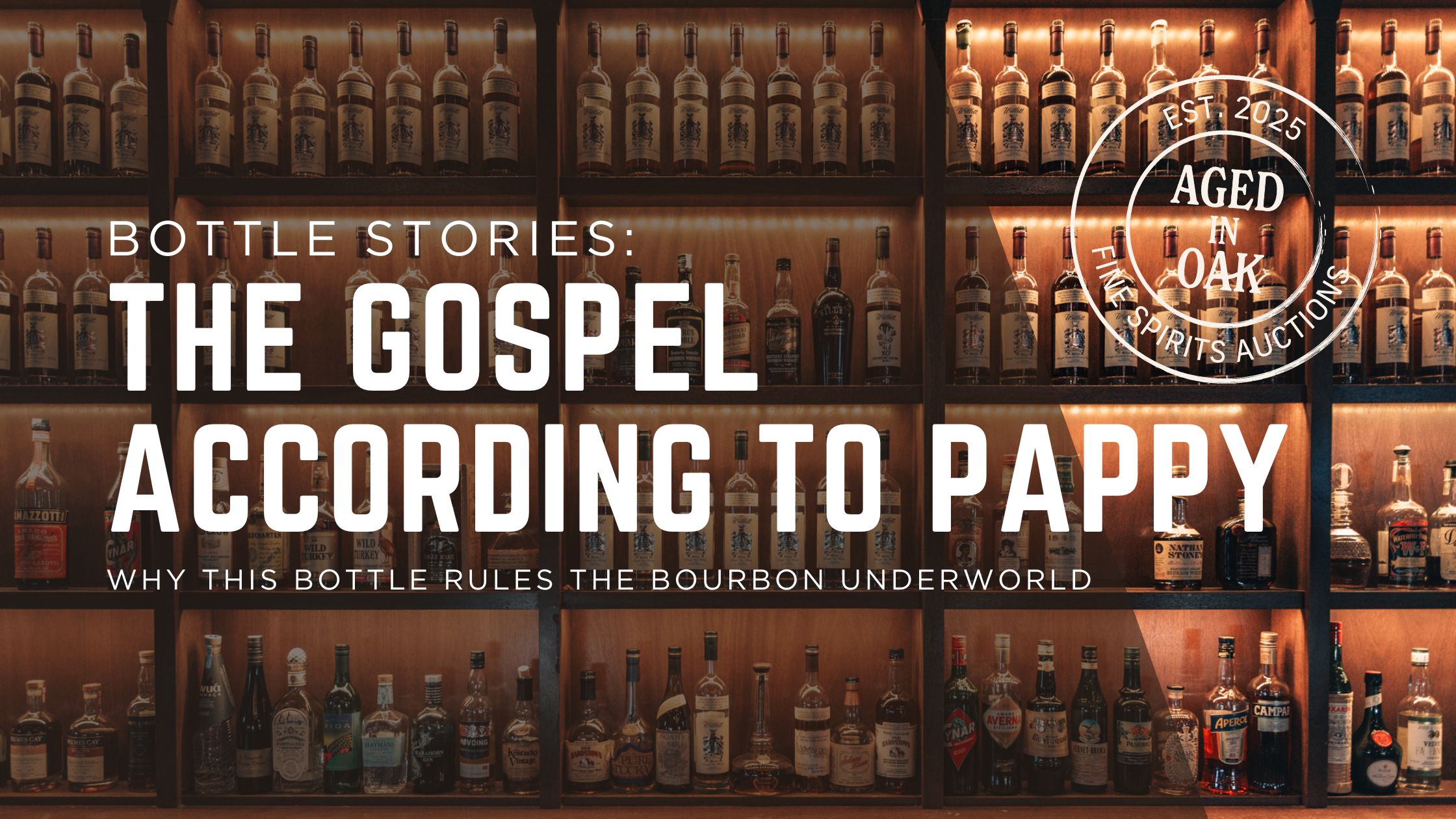
The Gospel According to Pappy: Why This Bottle Rules the Bourbon Underworld

The Gospel According to Pappy: Why This Bottle Rules the Bourbon Underworld

Tapping a Bourbon Barrel with RD1 Distillery

Tapping a Bourbon Barrel with RD1 Distillery

Crafting the "Circa 1856 Old Fashioned" at Chicken Cock

Crafting the "Circa 1856 Old Fashioned" at Chicken Cock

Aged in Oak Debuts Online Bourbon Community May 15, with Auctions and Bottle Appraisals Coming Summer 2025


